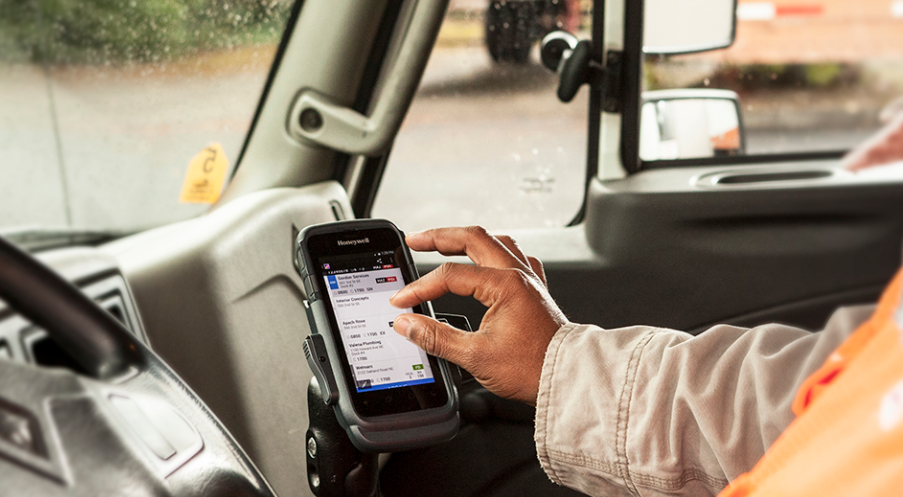Electronic Logging Device (ELD) Mandate
In 2012, the United States Congress enacted the “Moving Ahead for Progress in the 21st Century†bill, which included a provision requiring the FMCSA to develop a rule mandating the use of Electronic Logging Devices (ELDs). The purpose of the ELD was to electronically record a driver’s Record of Duty Status (RODS), which replaces the paper log book that drivers use to record their compliance with Hours of Service (HOS) requirements. In December 2015, the Federal Motor Carrier Safety Administration (FMCSA) published the final electronic logging device rule, or ELD Mandate. In accordance with the mandate, fleets have until December 2017 to implement certified ELDs to record HOS. Additionally, fleets that are already equipped with ELD technology will have until December 2019 to ensure compliance with the published specifications.
What does an ELD do?
ELDs installed in motor vehicles can monitor and record a whole host of data about the vehicle and its driver that go beyond RODS – from Driver Vehicle Inspection Reports (DVIR) to driver behavior reporting on speeding, idling, and hard braking. Many systems are capable of integrating map and route optimization solutions as well, which can help drivers navigate through the best routes on any given day.
What are the benefits of ELD?
Besides being in compliance and avoiding heavy fees, many fleets are already seeing the benefits of ELDs, such as:
- Saves the drive time by reducing paperwork
- Keeps a dispatcher updated on a driver’s status, while letting them plan for loads better in light of HOS compliance needs
- Reduces the hassle of keeping a paper
- Tracks a driver’s HOS electronically
- Ensures drive segments are capture through being “integrally synchronized†with a truck’s engine
- Synchronizes driver with fleet manager by passing data to a system where one can see e-logs in a near real-time basis
- Save money by reducing fuel costs
Can I use rugged smartphones and tablets instead?
Knowing that there is a cost burden associated with adopting new technology, the FMCSA has authorized the use of rugged handhelds, smartphones, and tablets as the system as a whole meets ELD requirements, including a hardwired connection to the truck’s engine. This helps address the start-up costs associated with some of the HOS compliance systems. Furthermore, most truck drivers are already using rugged devices as part of their other operations, such as direct store delivery, signature capture, route optimization, and inventory management. They also allow the drivers the flexibility to choose from a wide range of mobile devices that they are comfortable using.
What are some mobile device options?
While there are hundreds of devices to choose from, here are some of the newest technologies that are ideal for the on-the-go driver:
- Zebra TC56 rugged smartphone
- Honeywell CT50 rugged smartphone
- Panasonic Toughpad FZ-G1 rugged tablet
- Samsung Galaxy Tab tablet
To learn more about the ELD Mandate or to get a free consultation on an ELD hardware and software solution, reach out to one of our Barcodes, Inc. representatives.





